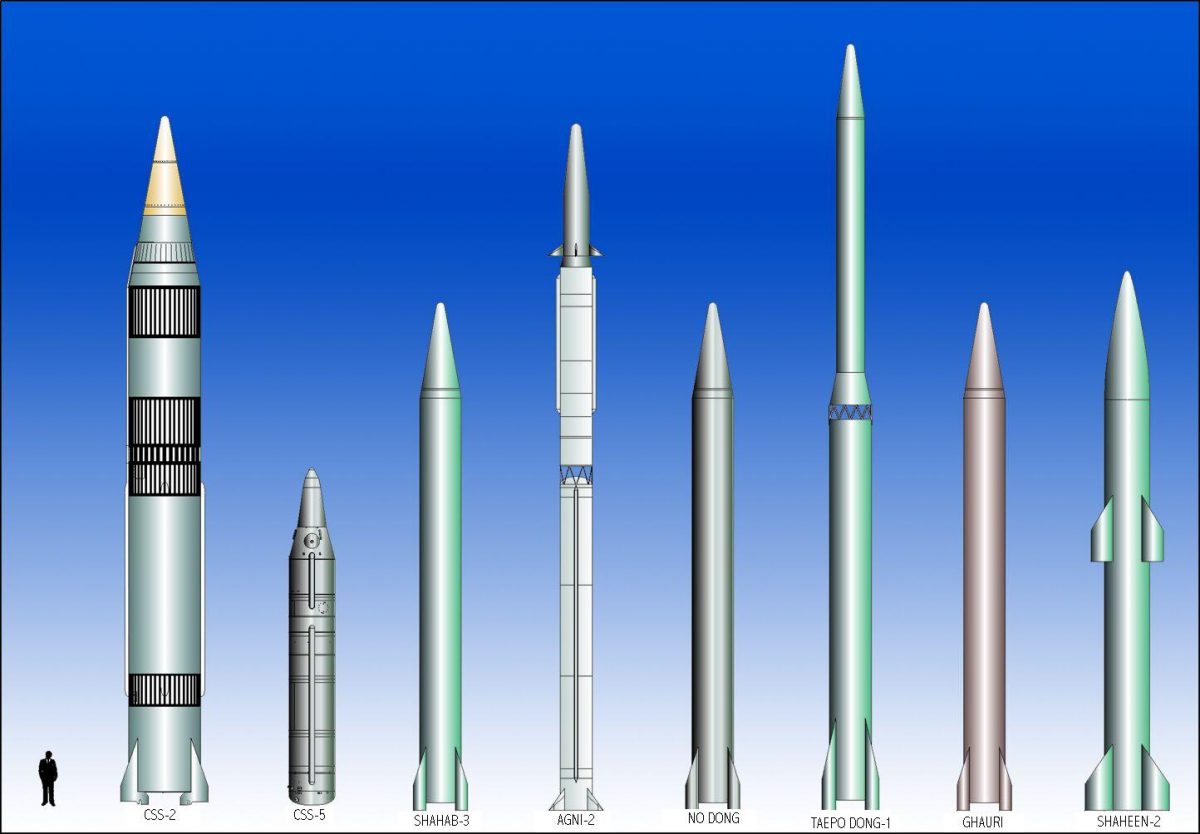Status of World Nuclear Forces
By Hans M. Kristensen and Matt Korda
[Current update: September 2020] The number of nuclear weapons in the world has declined significantly since the Cold War: down from a peak of approximately 70,300 in 1986 to an estimated 13,410 in early-2020. Government officials often portray that accomplishment as a result of current or recent arms control agreements, but the overwhelming portion of the reduction happened in the 1990s. Some also compare today’s numbers with that of the 1950s, but that is like comparing apples and oranges; today’s forces are vastly more capable. The pace of reduction has slowed significantly compared with the 1990s. Instead of planning for nuclear disarmament, the nuclear-armed states appear to plan to retain large arsenals for the indefinite future, are adding new nuclear weapons, and are increasing the role that such weapons play in their national strategies.

Despite progress in reducing Cold War nuclear arsenals, the world’s combined inventory of nuclear warheads remains at a very high level: roughly 13,410 warheads as of early-2020. Of these, nearly 9,320 are in the military stockpiles (the rest are awaiting dismantlement), of which some 3,720 warheads are deployed with operational forces, of which about 1,800 US, Russian, British and French warheads are on high alert, ready for use on short notice.
Approximately 91 percent of all nuclear warheads are owned by Russia and the United States who each have around 4,000 warheads in their military stockpiles; no other nuclear-armed state sees a need for more than a few hundred nuclear weapons for national security:

Globally, the number of nuclear weapons is declining, but the pace of reduction is slowing compared with the past 30 years. The United States , Russia, and the United Kingdom are reducing their overall warhead inventories, France and Israel have relatively stable inventories, while China, Pakistan, India, and North Korea are increasing their warhead inventories.
All the nuclear weapon states continue to modernize their remaining nuclear forces, adding new types, increasing the role they serve, and appear committed to retaining nuclear weapons for the indefinite future. For an overview of global modernization programs, see our contribution to the SIPRI Yearbook. Individual country profiles are available from the FAS Nuclear Notebook.
For more information about each country’s stockpiles visit the FAS Status of World Nuclear Forces page.
